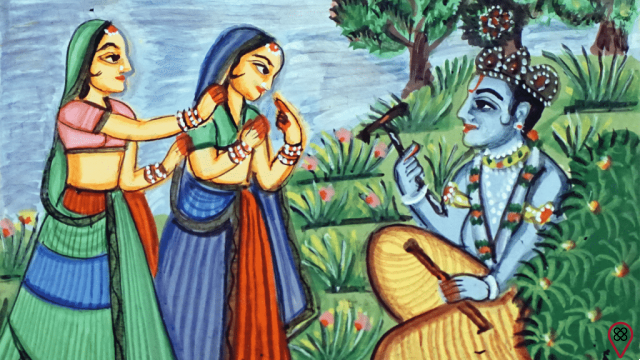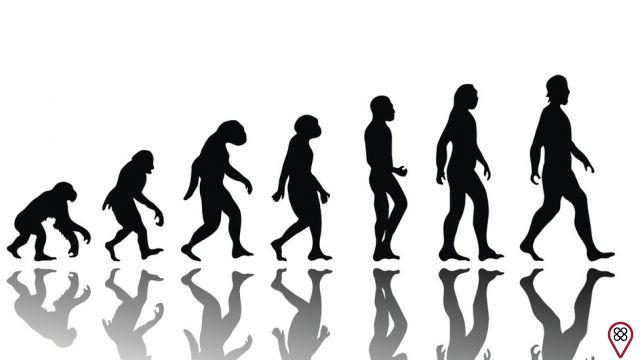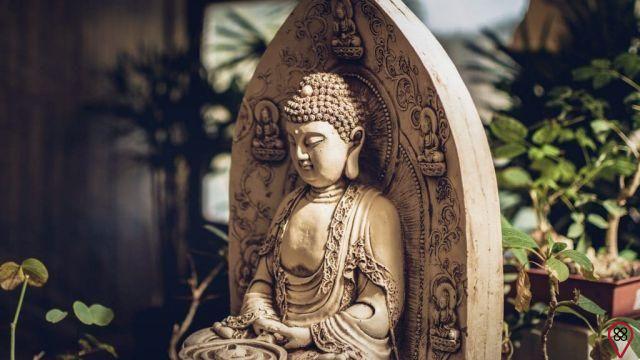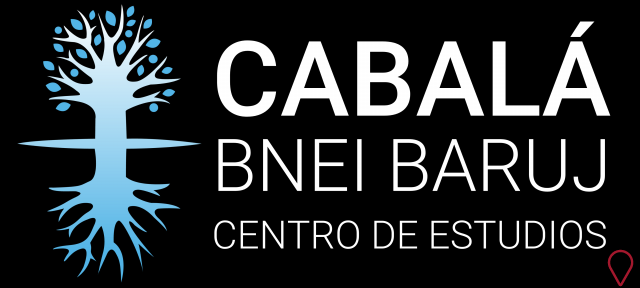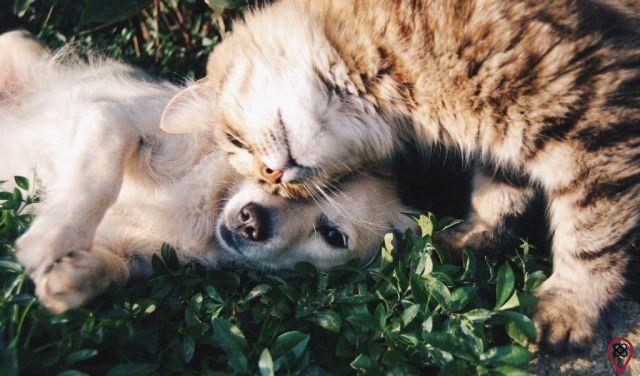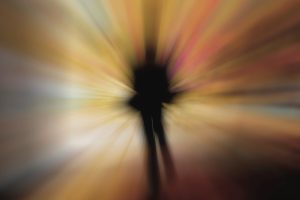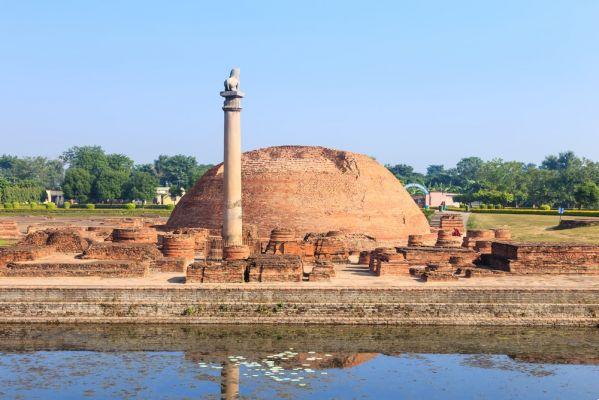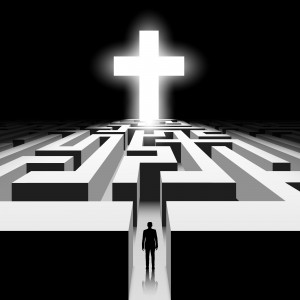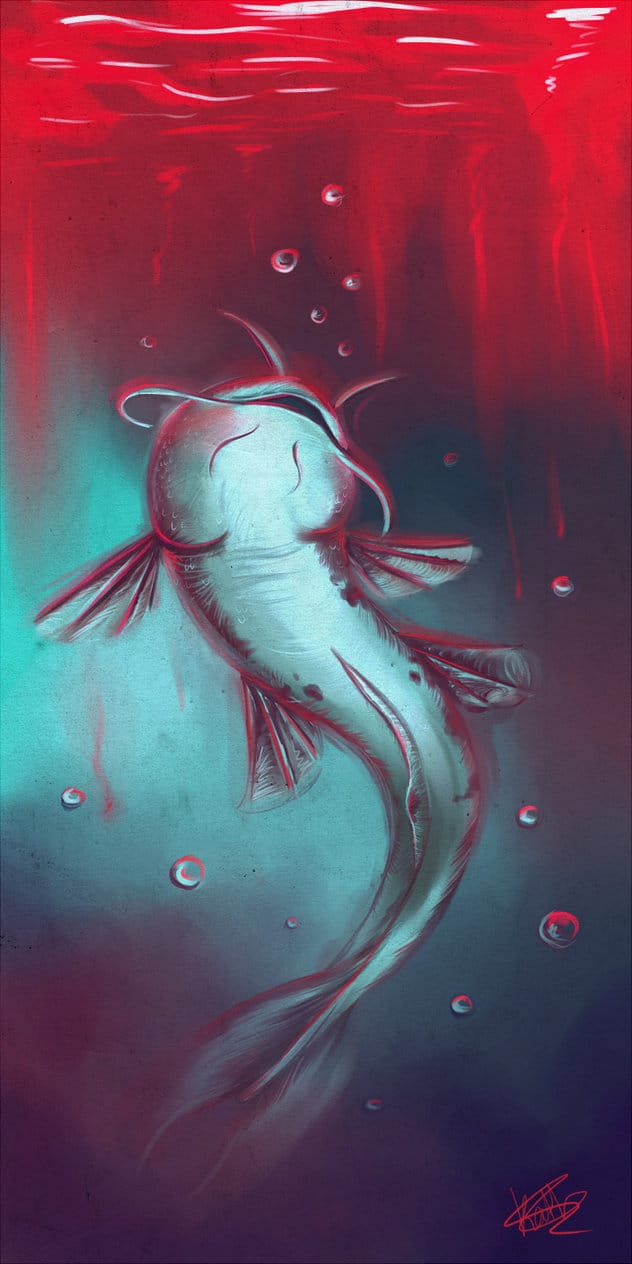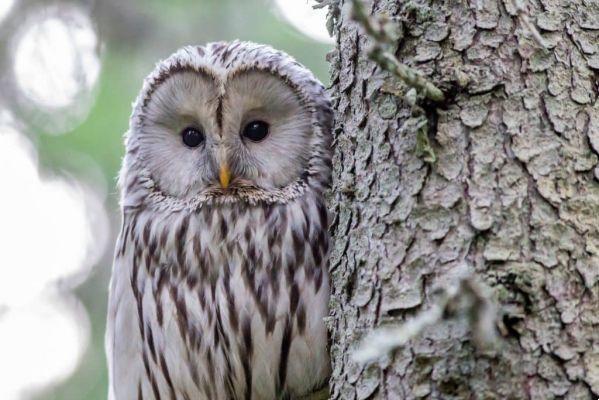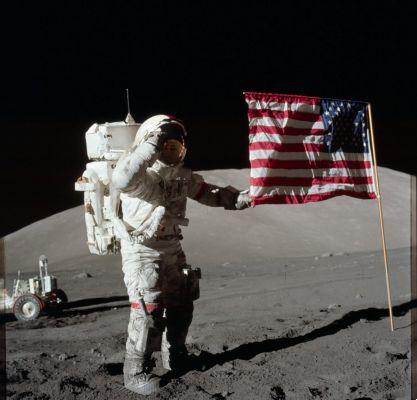Christianity and Islam are the world's religions with the most adherents, but did you know that the third most popular religion is Hinduism? And it is curious that we know so little about Hinduism in Spain. About 15% of the world's people consider themselves Hindus, almost all of whom live in India and other South Asian countries, according to a survey carried out by the Pew Research Center, in the United States, in 2015, so it is important to know this culture, its principles and the gods worshiped by her.
After all, what is Hinduism?
Known as the oldest religion in the world, Hinduism today has about 1.1 billion faithful, with fewer faithful only than Christianity and Islam, so it is the largest polytheistic religion in the world, that is, the one with worship of more than one. God. Hinduism is a religion that has undergone several changes over the years until it became what it is today.
Among some of the beliefs of Hinduism are the concept of reincarnation, in which souls return to life until they reach enlightenment; the law of Karma, which defines that the soul's trajectory after death (returns as a lower or higher life) is defined by the actions performed in the current life; the importance of meditation and offerings to the gods; and the implementation of a vegetarian diet, because meat, according to this religion, is an impure food.
The three stages of Hinduism
There are three phases in Hinduism. The first is called Vedic Hinduism, in which gods were worshiped and recorded in Vedic texts; the Vedas are four sacred texts that recorded the Sanskrit language in writing and brought together the myths of the creation of the world and the gods in which Hindus believed at the time.
In the second phase, after being influenced by other religions, Hindus changed the deities and began to worship a trinity composed of the gods Brahma, Vishnu and Shiva. In the third, more recent phase, dozens of gods were added to this trinity, many worshiped only in a few places, villages or tribes in India and the surrounding territories.
It is impossible to quantify the Hindu gods, since, as mentioned in the previous paragraph, many gods appeared and were worshiped in only a few regions of India. But it is, of course, possible to make a list of the main gods worshiped by this very interesting polytheistic religion. Check them out in the following topic.
the indian gods

Unlike the main gods of Norse mythology or Greek mythology, for example, Hindu gods have undergone some changes over time. The first gods, called Vedic gods, due to being described in Vedic literature, little by little were ceased to be worshiped, as the faithful developed new myths and new gods. While Vedic texts describe five gods, Hindus came to worship more than 100 gods after this first phase, in which the Vedic gods were left behind. Check out the main gods of Hinduism.
The First Vedic Gods
Indra
Also known as Davendra, he is considered a counterpart to almighty gods from other mythologies, such as Zeus from Greek mythology and Odin from Norse mythology. He is the god of thunder and water flows like rivers. He rode a white elephant, Airavata, and his weapon was a thunderbolt called Vajra.
surya
“Surya” means, in Sanskrit, “sun”, so it is the main solar deity in Hindu mythology. This sun god is revered as the one who sustains human life. He is commonly represented driving a flying chariot drawn by seven horses and driven by the mare Aruna, the personification of the dawn.
Yama
Like Hades in Greek mythology, Yama is the representation of death and the underworld in Hindu mythology. He was worshiped as the patron of the ancestors and responsible for judging the souls that left the earthly body. He is also known as Dharmaraja and Mrityu. In some texts of the Vedas, he is mentioned as the first mortal who knew death, then became a deity.
Agni
“Agni” in Sanskrit literally means “fire”. It is the main fire entity among the ancient Hindu gods. He would be, according to ancient myths, the second most important ancient god among the Hindus, after Indra. Agni was the god responsible for accepting the sacrifices made by humans to the Hindu gods.
Varuna
Varuna’s role is not very clear in the ancient Vedic texts, but little by little he came to be considered the god of the oceans, as “Varuna” means “the one who encompasses everything” in Sanskrit, and water encompasses all of us. world. He rode on Makara, a hybrid sea creature of several animals. He is the guardian of morals.
The post-vedic gods
Brahma
Probably the most important among the post-Vedic gods, Brahma is considered to be the creator of the cosmos and the natural order of things. He is always described as a very old and wise man with four heads. Despite being considered the creator, there are few temples dedicated to him in India, as Hinduism places more importance on the maintenance than the creation of things.
Saraswati
Female goddess of wisdom, art and knowledge, Saraswati is very important in Hindu mythology. She is always represented dressed in white and without any accessories or jewelry, indicating the absence of material vanity and the importance of mental or artistic faculties. She has four hands and is Brahma's companion.
Vishnu
One of the most popular gods in Hindu mythology, even in terms of the number of temples dedicated to his worship, Vishnu is considered responsible for the upkeep of the Universe. He is therefore revered as the preserver and protector of all that is. He is depicted with blue skin and holding a lotus, an apple, a disk and a shell in his four hands.
Shakti
“Shakti” is a Sanskrit word that can be translated as “power”. Also known as Parvati, she is seen as the essential feminine energy. She also represents power, wealth and the accumulation of material possessions, so she is often worshiped by those who wish to achieve this. She is commonly represented by a yellow-skinned woman with six arms.
Shiva
Probably the best-known god among those who do not know the details of Hinduism, Shiva is both the god of time and destruction, and is also responsible for the regeneration of the cosmos after destruction. He is a god of dichotomy, being also considered both the god of chaos and the god responsible for maintaining goodness.
Kartikeya
Bearer of a youth that never ends, Kartikeya is considered the patron of the Tamil people, who inhabit India and regions of Sri Lanka, Singapore and other islands in South Asia and Oceania. He has dark skin, four arms and is always heavily armed. He fights for the pleasure of fighting and is always looking for new adventures to expend his endless energy.
Lakshmi
This is the goddess of prosperity. It is important to note that prosperity, in this case, does not refer to material or financial goods, but to the pleasure of feeling productive and reaping the rewards after hard work. She is always represented as a female figure dressed in pink and blue robes who is always dancing and moving gracefully.
Durga
“Durga”, in Sanskrit, literally means “unassailable” or “invincible”, therefore she is worshiped as a warrior goddess. She is charged with fighting and conquering evil, maintaining the peace and prosperity of the world. She is one of the most popular mythical figures in India. She rides a lion and is always carrying a trident which she uses to attack her enemies.
Time
While the goddess Durga represents a warrior concerned with keeping the peace, Kali is a female figure who represents the violent nature of the gods. Although she does no harm to those who do not deserve it, Kali is capable of mercilessly punishing those the gods thought deserved such punishment. She is commonly represented by a woman with four arms holding a dead man's head.
You may also like
- Discover the 4 laws of spirituality spread in India
- Krishna's Teachings: Know Them And Absorb The Power Of Each Of Them
- Understand better what mantras are and how to use them
Ganesha
Another very popular god even among those who understand little about Hindu mythology, Ganesha is always represented sitting with his legs crossed, in a lotus position, and with an elephant's head, in addition to four arms. He is the patron of intellect, letters, science and also good humor, as he has a friendly and jovial appearance.
So, now that you know the main gods of Hinduism, what do you think of them? What's your favorite? It's lovely to get to know a new culture and realize that, wherever he went, man was always concerned about gods, isn't it? Share your opinion about the gods of Hinduism!




